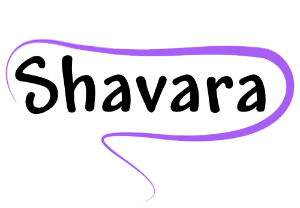In almost all businesses that carry accounts receivables, there is an ongoing, continual problem with slow-pay and non-pay customers. In the medical industry, accounts receivables include a variety of insurance agencies among the customer base. When the government is so heavily involved in mandating the payment process, which includes timeliness, one would think that the insurance claims aging would be much more current. But the problem doesn’t lie solely in the hands of the insurance companies. The groundwork is laid in the doctors’ office for a “clean,” payable claim.
According to American Health Insurance Plans (AHIP, 2006), research of 25 million insurance claims in 2006 showed that 29% of claims received from health care providers are 30 days past the actual date of service. Additionally, 15% of claims received were 60 days past the actual date of service. This shows a serious lack of attention to billing practices and scheduling in the provider’s office. The most successful medical practices submit billing once a week, every week.
Most claims (75%) are now submitted electronically to the insurance companies, ensuring a more timely response. AHIP reports that 98% of electronic claims are processed within 30 days. Electronic claims processing is, by far, the most streamlined claims billing process available. For example, Iridium Suite provides easy billing, transmission, and return receipt notices, plus gives the billing office valuable aging reports as part of its standard practice management tools. A claim may be rejected by the insurance company’s automatic adjudication system for eligibility, provider, or keying issues. Iridium Suite posts a message on the account, allowing rapid response from the billing office in repairing the problem. Iridium Suite is very flexible and paper claims are also easily created with the touch of a button. If a paper claim must be sent, Iridium Suite keeps a record of all claims so the billing office can track how a claim was sent and track the aging.
Paper claims not only cost more to send, using people, paper, ink, envelopes, and stamps, but only 41% of them are automatically processed by the insurance company, as compared to 71% of electronic claims (AHIP, 2006). The first giant step in getting claims off the ground is to have a timely billing schedule in which claims are sent electronically to get the most rapid response possible.
The following is an example of the ‘Time To Invoice’ report in Iridium Suite that shows the average amount of time from rendering of services to actual invoicing, a valuable tool in time schedules.




